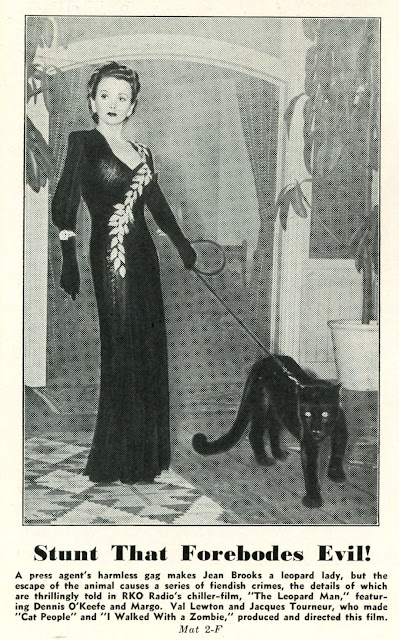Samples Of How It Played
Pulling Ambersons Plow Through Exhibition
Here are ads from The Magnificent Ambersons. There are thousands more for whoever might give effort to flush them out. The truest story of public reception to any film is told by ads, not critics or reviews. Showmen had to gauge pulse of their customers and sell accordingly. They knew better than
Double feature placement was no more degrading than for any RKO release. Yes, The Magnificent Ambersons did play with Mexican Spitfire Sees A Ghost in Chicago and
UPDATE: 3/2/18 --- 7:20 PM --- Got an e-mail from "Griff" wherein he attached the ad below for the Los Angeles first-run of Ambersons. Thanks, Griff!


















































